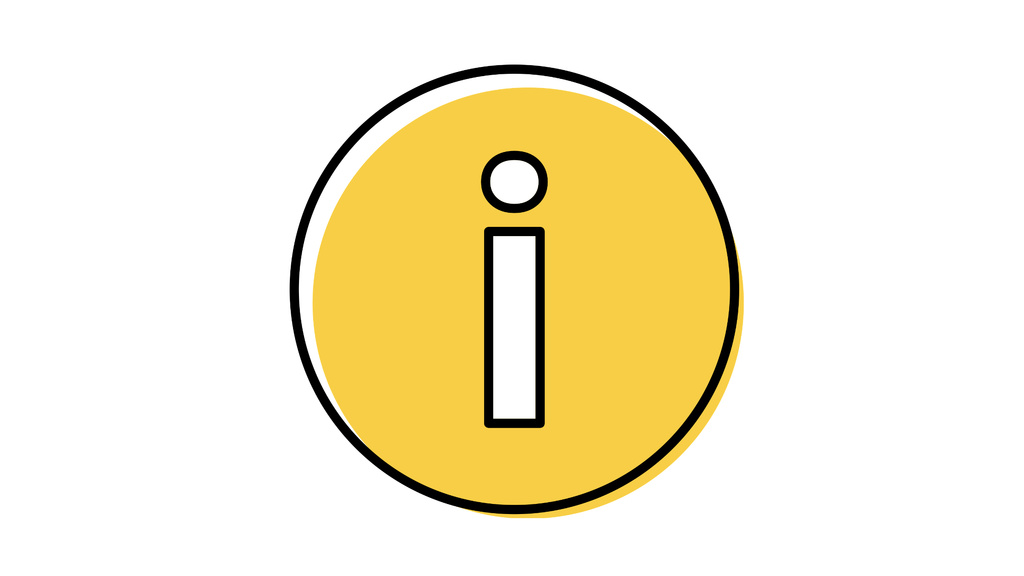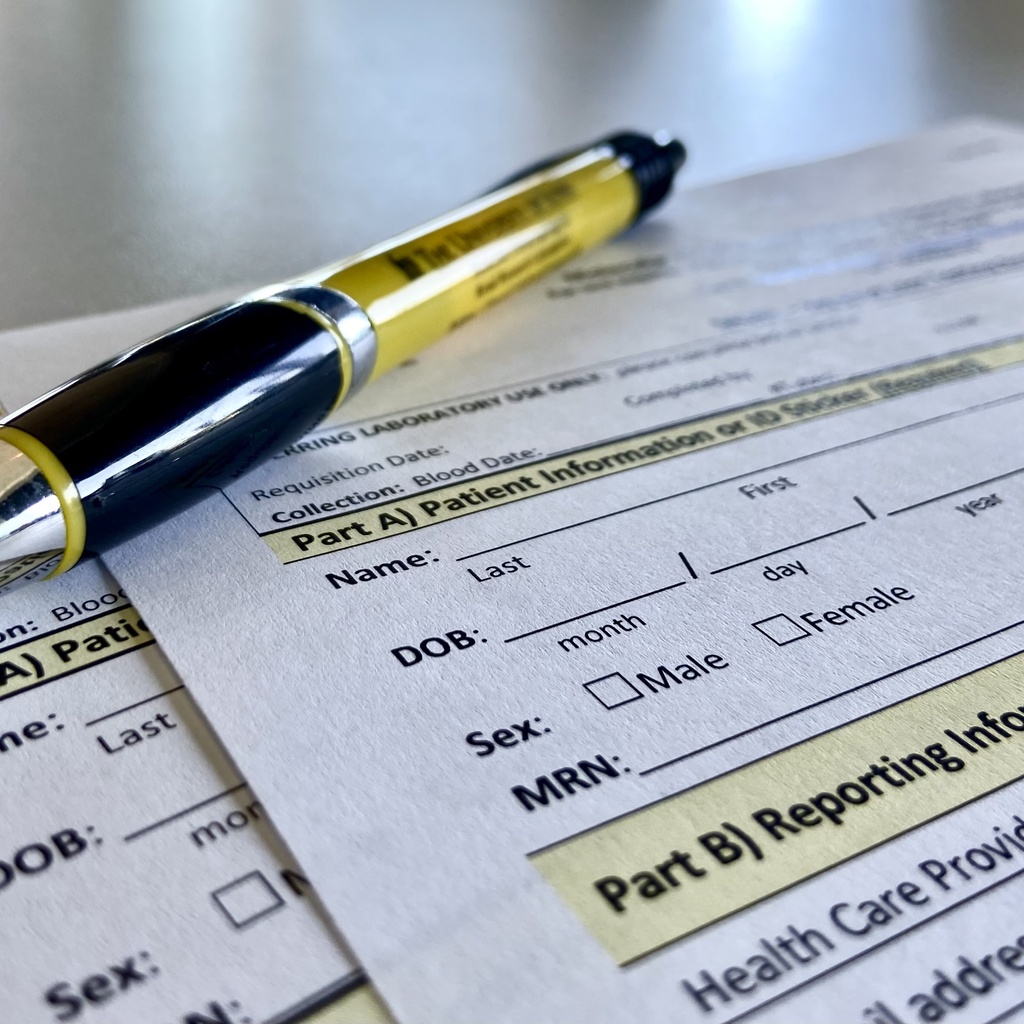MORL Screening Methodology
Enzyme linked immunosorbent assay (ELISA).
Plasma Sample
Sample Requirements
- 1ml frozen EDTA plasma
Sample Stability
- EDTA plasma samples must be frozen to below -80°C immediately after separation from cells and shipped on dry ice. These samples remain viable for at least six months when stored at -80°C.
Shipping Requirements
- All EDTA plasma samples MUST be processed and frozen down to -80°C immediately after collection
- Labeled with the sample type AND patient’s name, DOB, MRN and sex
- Cryovials should be put in zip lock bags and completely covered in dry ice to keep the sample frozen until it arrives in the lab
- Shipped overnight on at least 5 lbs of dry ice
- Shipping and receiving dock closed on weekends and holidays
- Deliveries accepted Monday - Friday
If samples arrive thawed they will be REJECTED.
Indications for Testing
Dense Deposit Disease and C3 Glomerulonephritis
Complement activation and inactivation generate the degradation products of complement component 3 (C3; MW: 195 kDa). C3 convertases (C4b2a generated by the classical or lectin pathways, or C3bBb generated by the alternative pathway) cleave C3 into C3a (MW: 9 kDa) and C3b (MW: 185 kDa). Factor I and its co-factors, including factor H, inactivate C3b forming iC3b (MW: 183 kDa) and C3f (MW: 2 kDa). iC3b is further degraded into C3c (MW: 140 kDa), C3d (MW: 35 kDa) and C3g (MW: 7 kDa). The plasma concentration of C3d is reflective of this activity.
The common pathophysiological basis of both Dense Deposit Disease (DDD) and C3 Glomerulonephritis (C3GN) is dysregulation of the AP complement cascade. Consumption of AP complement components is dependent on the degree of dysregulation of both the C3 and C5 convertases. Plasma C3c levels are elevated in both DDD and C3GN as compared to controls (p<0.001).
Background Knowledge
Background Information
Complement activation and inactivation lead to the generation of degradation products of complement component 3 (C3; MW: 184 kDa). C3 convertases (C4b2a, generated by the classical or lectin pathways, or C3bBb, generated by the alternative pathway) cleave C3 into C3a (MW: 9 kDa) and C3b (MW: 175 kDa). Factor I and its cofactors, including factor H, inactivate C3b, forming iC3b (MW: 173 kDa) and C3f (MW: 2 kDa). iC3b is further degraded into C3c (MW: 140 kDa), C3d (MW: 35 kDa), and C3g (MW: 7 kDa). The plasma concentration of C3c serves as a reflection of this activity.
The Clinical Diagnostics Service of the Molecular Otolaryngology & Renal Research Laboratories is a CLIA-approved, Joint Commission-accredited diagnostic laboratory.

